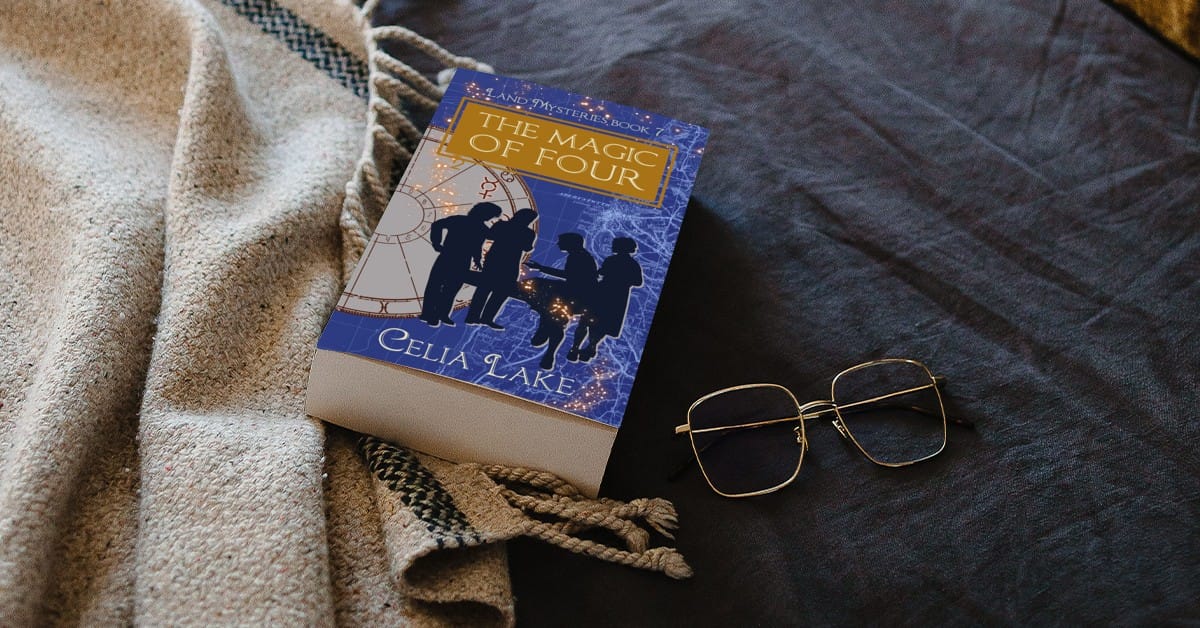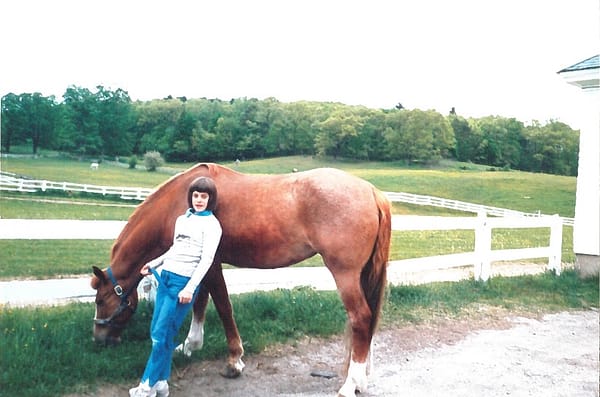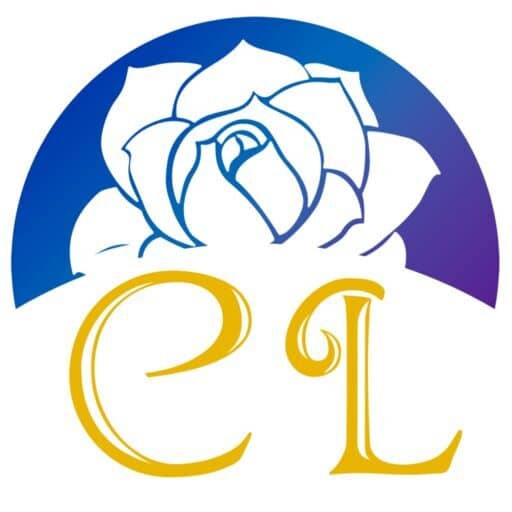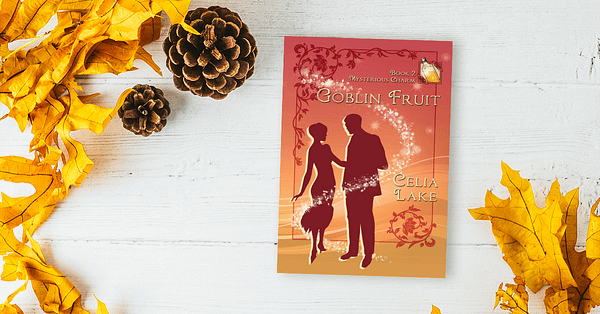Welcome to our Idea to Book post for The Magic of Four, which just came out at the beginning of May. (This means that from now I’ll add a new Idea to Book post a few weeks after the book comes out. But you won’t have a long string of them.)

The Magic of Four is also the last book in the Land Mysteries series, which explores three themes during the Second World War. Those are a range of different kinds of relationships in our lives. It’s also about the land magic, and how Albion responds to the Second World War. You can see all three of those here, in various ways.
The Magic of Four has everything you might hope for in a school story. There are snippets of classes, finding friends, dealing with student problems. And of course, because it’s Schola, it’s got magical sports (pavo and a dash of bohort), secret societies, and all the implications of a magical school.
As I’ve noted, I do have plans for three romances. Ursula Fortier (Leo’s older sister) will have hers in 1947, Edmund Carillon (Ros’s older brother) in 1948, and Claudio Warren (in his 40s, and close to both Leo and Avigail) in 1950. Those will let me tie up some loose threads on other ongoing questions about the land magic, living in post-war Albion, and the Council. Learn more about my plans.
School stories
I’ve been wanting to write a school story since before I published Eclipse. That’s the staffroom friends-to-lovers romance of Leo’s parents over the 1924-1925 school year. And nearly as soon as it came out, I heard from readers hoping wistfully for a school story at Schola at some point.
Hopping genres that way is a little tricky. But when I started thinking about the Land Mysteries series having a larger arc, it got easier. In a series that’s talking about a wide range of relationships in our lives, finishing with the next generation seemed like a really interesting angle on the end of the war.
Growing up reading them
I grew up on school stories, long before they were widely available in the US. My father was English and my mother grew up in the UK. My father was a professor. Every year between the end of classes and Christmas, he’d spend a week in London and visiting friends. He’d come back with a selection of books – and I’d send him with specific ones I wanted. I read through all of the Enid Blyton Malory Towers and St. Clare’s books until they started falling apart. And many of the Chalet School books. They definitely imprinted the shape of a school story on my brain.
(If you’re not familiar with the Chalet School series, they began in the 1920s, with a school set in the Austrian Tyrol. It was run by teachers and near a tuberculosis sanitarium. As the Second World War began, the books deal with the school – and various members – escaping through the Alps. They then established the school in new locations in the UK. There were dozens of books, and I’ve read about half at some point in my life.)
And like many people, I can’t deny that Harry Potter is an influence on my brain. Besides the above exposure to British school story traditions, I was part of a seven-year fannish alternate universe project based in the Potterverse. (It ran from 2007 to 2015, before more recent events).
Contemplating the structure
One of the things that pointed out is how impossible the classroom schedules are when you think about seven years of students. Because of that, one of the first things I did when I decided to write the Albion books was to sit down and figure out the teaching schedules for Schola. And then figure out how many people needed to be teaching there to make the schedules work. Or what that meant for the overall size of the population.
That project also meant I had a whole lot in my head about how a sensibly designed magical education might be structured. (I spent a decade working in an independent day school as a librarian. That was after two years in boarding school as a student. I have a lot of opinions here.)
One of the things I knew I wanted to integrate fully were the idea of House magics that weren’t just superficial flavours to the Houses. And the idea of magical secret societies where the rituals had significant and meaningful weight for most (if not all) members.
Schola and her magic
Of course, Schola has her own magic. Leo gets introduced to a piece of it over the holidays in his first year. (The relevant scene is coming in July for folks on my Patreon. And for everyone in due course.) That bit of magic is one of many things his parents discovered during Chasing Legends. That takes place back in 1926 along with Pross and Ibis.
Schola is ancient. The school was founded in its earliest form around 600CE, and in something closer to the form of a school before 1066. The current keep dates from 1100 or so. There’s so much history and magic there, much of it built up over time. And not all of it is terribly well documented.
But of course, there are also the specific magics. There’s the salle, and all the protections. There are the baths under the school. Each house obviously also has bathing facilities, but for magical reasons, sometimes you want a ritual bath. Or it’s the best solution after a hard duel or long bohort match.
There’s so much about Schola I haven’t had a chance to spend time with. We’ll see if I get there in any future books. And I’ve had a number of requests for the other schools, especially Alethorpe. I need a plot and characters to go with that, but I’m definitely looking for a way to explore there, too!
Children of existing characters
One of the thing I had a lot of fun with in The Magic of Four is playing with the generations. All four main characters here are the children of people in previous romances.
Leo’s the son of Thesan and Isembard (Eclipse is their romance.)
Ros is the daughter of Lizzie and Geoffrey (Goblin Fruit is their romance, Best Foot Forward explains the presence of Uncle Alexander.)
Jasper is the son of Rufus and Ferry (Outcrossing).
And Avigail is the daughter of Gabe and Rathna (Their romance is The Fossil Door. You can see a younger Avigail in Old As The Hills. Gabe’s parents appear in a number of places, including Pastiche, their romance)
We get glimpses of their siblings in various ways, sometimes directly on the page. Artemis and Theo Lefton are the children of Kate and Giles Lefton (Wards of the Roses). There are mentions of the Wain cousins (the children of Seth, Dilly, and Golshan, Casting Nasturtiums), and so on.
I’ve found I really love playing with the generational implications. All four sets of parents here are in fact trying really hard to be good parents. Some of them had good parents (Thesan. Also Gabe, whose parents don’t always understand him, but worked to support him).
Some had distant parents (Isembard, Ferry). Some lost their parents too young (Rathna, Rufus). Some aren’t parenting the way they were raised (Lizzie and Geoffrey).
It makes for an interesting mix when they deliberately do something different.
And a cameo
Finally, there’s a particular cameo in this book that I knew I was going to do as soon as I realised Jasper would be a main character. I was a fairly serious horseback rider in my teens, and Jasper’s Dot is based on my beloved Dorothy.
This is Dot (and me) in about 1987. I was 12, and she was also about that age. I’d had her for under a year at that point.

She was pretty much as described in the book in terms of appearance. Think of a draught horse scaled down to just at the top of pony height. (That’s 14.2 hands, or just under 57″ at the withers). She indeed had feet like platters, her tail was a glorious mix of every colour, and she was terribly smart. Also wonderfully smart, it depended on the day. My Dot was not quite the escape artist that Jasper’s is, but there were times it came close.
(Dot’s terror of sheep-shaped objects was true in real life, though. I never did figure out why.)
Pavo
Pavo, as a sport, is drawn in part from my experience doing Pony Club Games in my teens. Those games are played by teams, with different goals that require you to vault, weave through obstacles, move items from one place to another, and more. I was on one of the top Games teams in the country one year, which was quite an experience! (Not on Dot. Dot was way too round to vault on.)
But she’d have adored pavo, the way the fictional Dot does. She hated anything that got rote or routine, she adored new puzzles. We did very well at trail classes. In these, you have to solve a series of tasks, and are judged on whether you do them, and then on speed. They involve things like opening gates from horseback, backing through a pattern, moving a rattling plastic bag full of leaves a few feet away.
One of the things I loved about Dot was that she knew when something counted. Every time I did anything in that last pavo game chapter (writing, editing, whatever), I found myself crying. Every bit of that desire to do the thing, and to do it right was Dot to the core.

